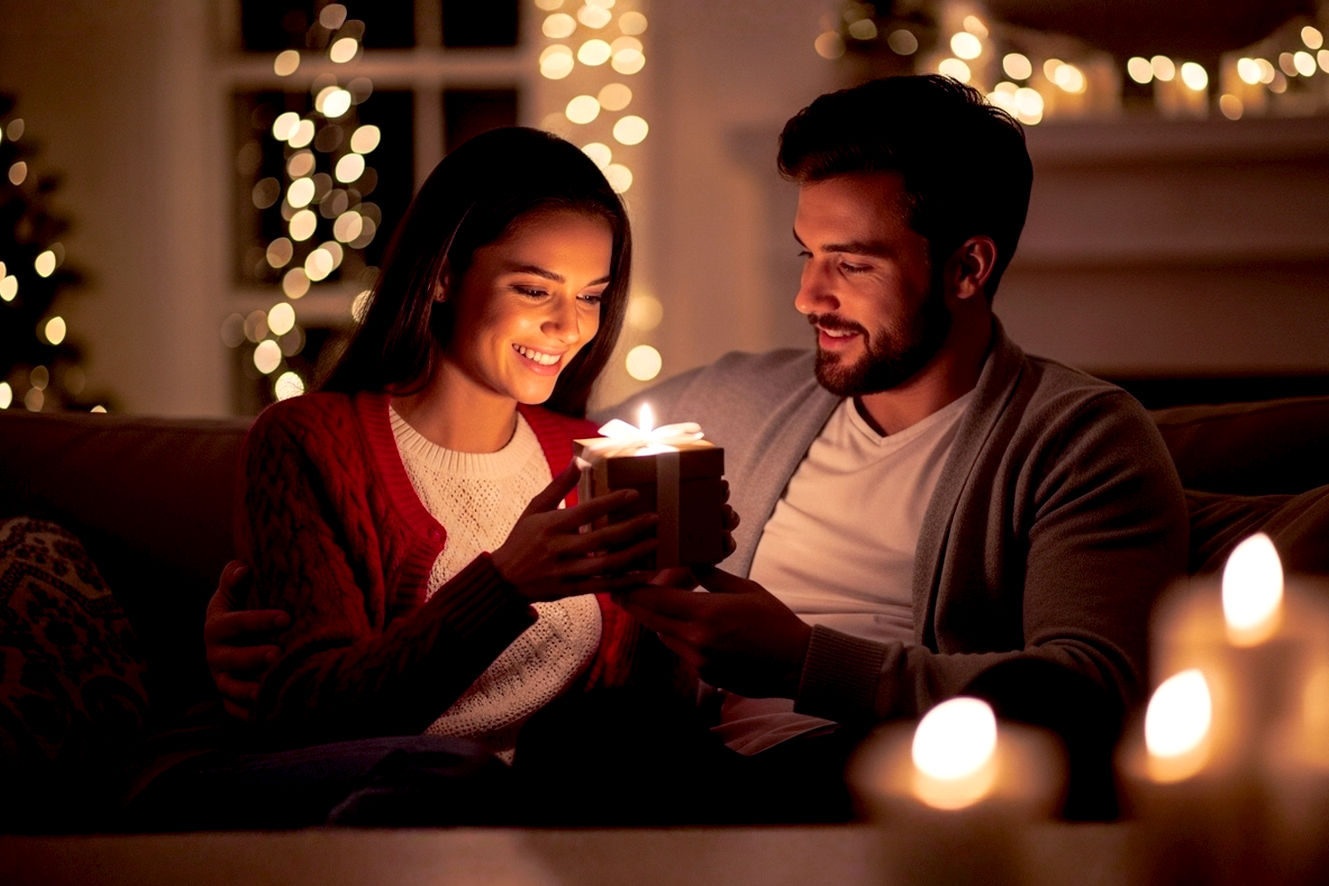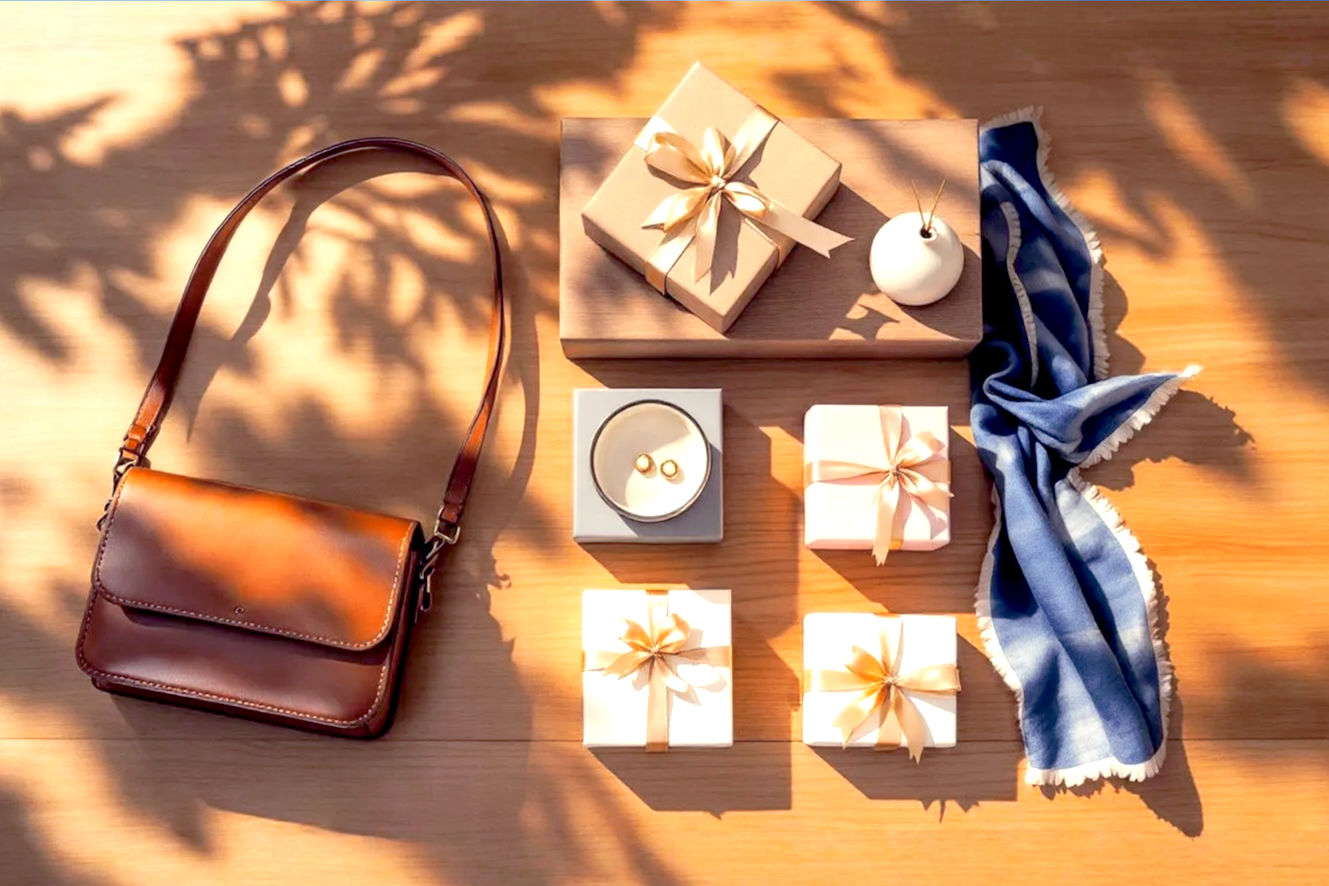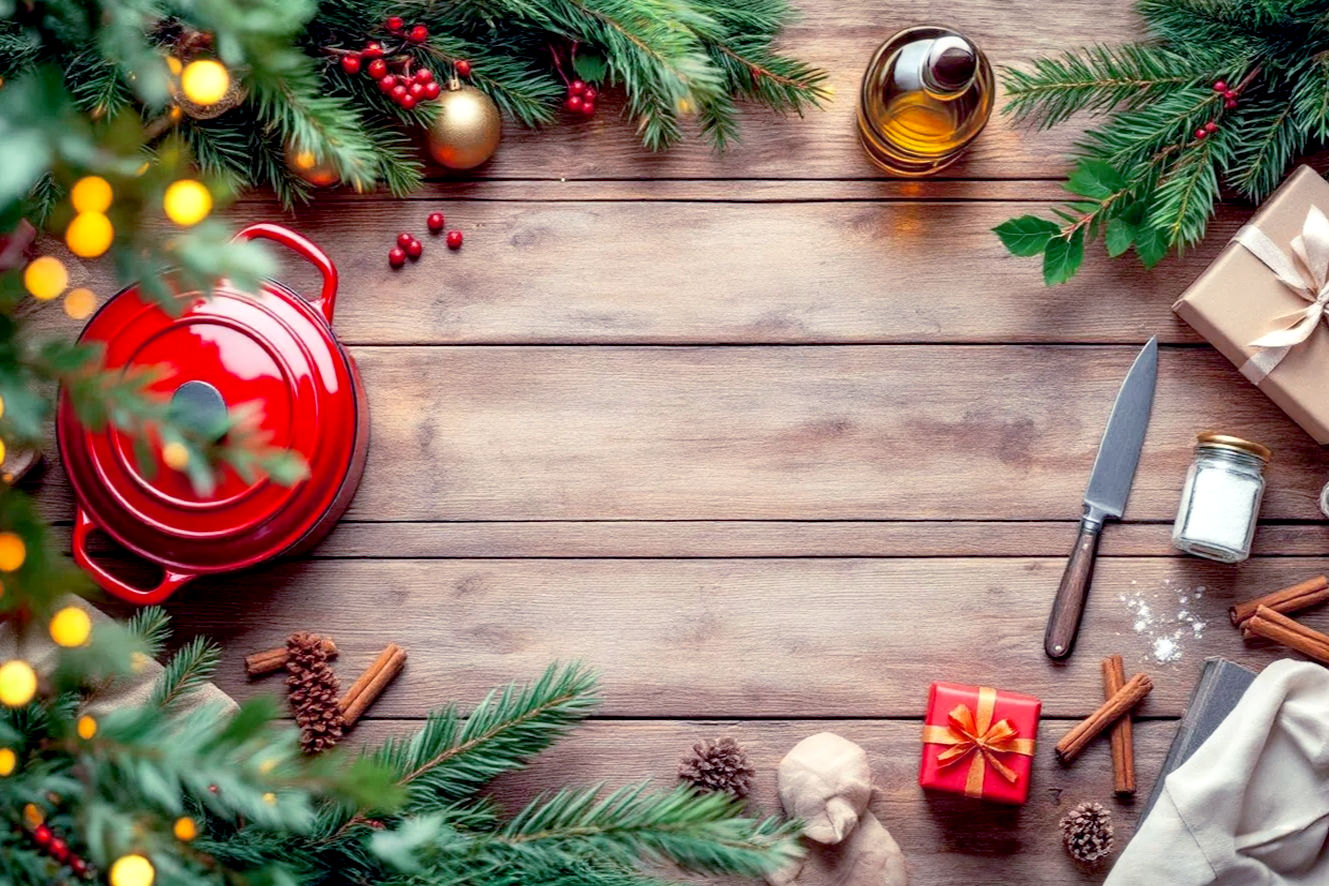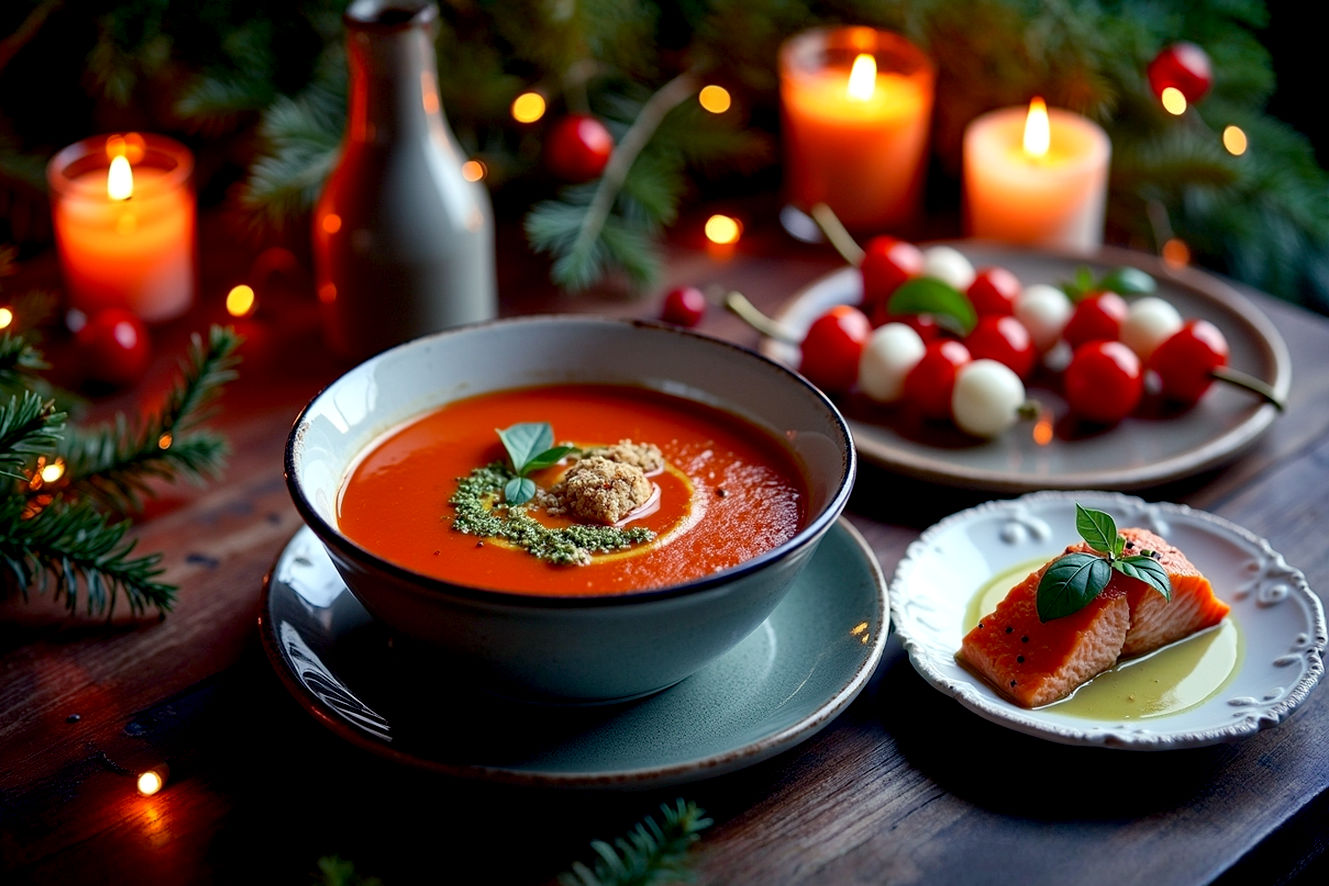This post may contain affiliate links. If you make a purchase through these links, we may earn a commission at no additional cost to you.
The Christmas tree stands as the undisputed centerpiece of holiday decor, a symbol of joy and tradition that brings light and life into our homes. For many years, the ideal tree was a full, broad, and classic pyramid shape that commanded a significant footprint. However, as living spaces have evolved and modern aesthetics have shifted, so too has the quintessential holiday centerpiece. The slim downswept Christmas tree has emerged as a truly definitive solution, masterfully blending space-saving practicality with an air of sophisticated, organic elegance.
This is a comprehensive and encyclopedic guide to this modern holiday icon. We’ll explore not just what these trees are, but the detailed technical, historical, and societal contexts that have cemented their place as a preferred choice for contemporary homes. From the subtle nuances of branch material to the strategic art of decoration, this article will serve as your ultimate resource for understanding, choosing, and styling the perfect slim downswept tree to maximize your space and elevate your holiday style.
The Slim Downswept Christmas Tree: Defining a Modern Holiday Icon
Understanding what a slim downswept tree is requires a look at its core design principles. It’s a specific and purposeful evolution of the traditional artificial tree, created to address modern living challenges without sacrificing a sense of natural beauty. These trees are not simply “skinny” versions of their predecessors; they are a distinct and aesthetically considered category all their own.
What is a Slim Downswept Tree?
A slim downswept tree is a type of artificial Christmas tree that combines two distinct design features: a narrow, slender profile and downward-curving branch tips.
- Description: Unlike the wide, conical shape of a traditional fir or spruce, the slim downswept tree features a significantly reduced base diameter. This creates a much more vertical and space-efficient silhouette. The “downswept” element refers to the gentle, natural-looking curve of the branches, which mimic the graceful droop of a tree laden with snow or the mature, heavy boughs of a natural fir. This combination of a narrow form and sweeping branches results in a look that is both elegant and organically beautiful, standing out from the more rigid forms of older artificial trees.
- Key Features: The defining characteristics of these trees are their reduced footprint and illusion of height. The narrow base allows them to fit comfortably in tight corners, small apartments, or narrow hallways without blocking pathways. The slender, tapered shape draws the eye upward, making the tree seem taller than its actual height. The downswept branch tips are a critical visual element; they create a soft, inviting aesthetic that feels more lifelike and less manufactured than branches that jut out horizontally. This design choice also provides a fantastic base for draping lights, ribbons, and garlands, allowing them to flow more naturally.
- Historical Context: The historical context for this design is rooted in the rise of urbanization and the subsequent shift towards smaller living spaces. As a growing portion of the population moved into apartments, condos, and smaller single-family homes, the market for massive, sprawling Christmas trees dwindled. Manufacturers responded by creating trees that prioritized footprint over volume. The “pencil tree” was an early version of this, but its straight, rigid branches often lacked the natural charm of a real tree. The slim downswept tree represents the next logical step—a design that successfully combines the space-saving functionality of a pencil tree with the visual elegance and authenticity of a natural tree’s form. It’s a design born out of necessity that has become an aesthetic choice in its own right.
Why Choose a Slim Downswept Tree? The Benefits Beyond Space-Saving
While saving space is the primary motivator for many buyers, the appeal of these trees is far more complex and multifaceted. Their unique design offers a host of benefits that cater to modern lifestyles and aesthetic preferences.
- Space-Maximization: This is the most obvious advantage. A traditional 7.5-foot artificial tree can have a base diameter of 55 inches or more, requiring a substantial clear area. A slim downswept tree of the same height, however, might have a base diameter of only 30-40 inches. This allows it to fit comfortably in a corner, a foyer, or a small living room without requiring you to rearrange all your furniture. They are also perfect for entryways or as a second tree in a home office or bedroom.
- Visual Elegance and Height: The slender profile and gently curving branches work in tandem to create a visual illusion. The tree appears taller and more graceful than a wide, full tree of the same height. The downward sweep of the branches creates a sense of fluid movement, drawing the viewer’s gaze up towards the tree topper and making the entire holiday display feel more sophisticated and less bulky. This aesthetic is particularly appealing to those who favor a more refined and intentional look.
- Modern and Minimalist Aesthetic: The clean lines and verticality of a slim downswept tree perfectly align with contemporary and minimalist decor styles. Its sleek form provides an uncluttered canvas for ornaments, allowing each piece to stand out. Instead of a chaotic explosion of holiday color, it can become a refined, curated display. It’s the ideal choice for those who believe that a holiday tree should be a deliberate design element, not just a seasonal fixture.
- Practicality and Convenience: Beyond its visual appeal, this type of tree is simply more practical. It’s easier to assemble and “fluff” due to its smaller number of branches, and it takes up less space when stored. Decorating is also less daunting; it requires fewer lights and ornaments to achieve a full look, simplifying the entire holiday decorating process and saving both time and money.
Anatomy of an Artificial Christmas Tree: Understanding Materials and Construction
To truly appreciate the quality and design of a slim downswept tree, it’s essential to understand the underlying technical specifications that make it work. The materials and construction methods used directly influence a tree’s appearance, durability, and cost. Knowing the difference between PVC and PE, or hinged and hooked branches, is the key to making an informed and lasting investment.
The Science of Fake Foliage: PVC, PE, and the Blended Approach
The foliage of an artificial Christmas tree is not all created equal. The two main materials, Polyvinyl Chloride (PVC) and Polyethylene (PE), produce vastly different aesthetic and tactile results.
- Polyvinyl Chloride (PVC) Trees:
- Description: PVC trees represent the traditional method of artificial tree construction. The needles are made from thin, flat sheets of PVC plastic that are cut into long strips, twisted around wires, and then attached to the branch. This process, while effective, produces a flat, tinsel-like foliage.
- Characteristics: These trees are generally the most affordable option. The PVC material is incredibly durable and fire-retardant, making it a safe choice. A tree made entirely of PVC tends to look very full and dense because the flat needles fill space well, but it often lacks the realistic, three-dimensional texture of a natural tree.
- Considerations: While PVC trees are a great budget-friendly option, they can look and feel less authentic. The needles can have a plastic-y sheen and lack the subtle variations in color and shape found on real trees.
- Polyethylene (PE) Trees:
- Description: PE trees are a major technological leap forward in artificial tree design. The needles and branch tips are created using a process called injection molding. Small pieces of a specific type of PE plastic are injected into a mold that is cast from a real tree branch, including a fir, spruce, or pine. The result is a hyper-realistic, three-dimensional branch tip that is visually and texturally almost indistinguishable from a natural one.
- Characteristics: PE trees are at the premium end of the market. They offer unparalleled realism, with tips that are not only shaped like real needles but also vary in length and stiffness. The color can be more complex and nuanced, often with lighter tips and darker bases, just like a real tree.
- Considerations: Because the injection molding process is more expensive and time-consuming, trees with a high concentration of PE tips will have a significantly higher price tag. Additionally, PE branch tips tend to be more rigid and slightly less dense than their PVC counterparts, which is why a blended approach has become the industry standard.
- The Blended Tree (PE/PVC): The Best of Both Worlds:
- Description: The most common and highest-quality artificial trees on the market today are hybrids. These trees use the hyper-realistic, three-dimensional PE tips on the outer-facing branches—the parts you see and touch most frequently. They then use the more cost-effective and dense PVC material for the inner branches and filler near the center pole.
- Why it’s a superior choice: This hybrid approach is a masterful compromise. The PE tips provide the beautiful, natural aesthetic, while the PVC filler creates the necessary fullness and volume to hide the metal pole and internal wiring. This strategy gives you a tree that looks incredibly realistic from the outside but remains full and lush on the inside, all while keeping the price more accessible than a 100% PE tree would be.
Construction Styles: Hinged vs. Hooked Branches
Beyond the foliage, the way a tree is assembled plays a huge role in its operational convenience. The two main types of branch construction are hinged and hooked.
- Hinged Construction:
- Description: Hinged trees feature branches that are permanently attached to the center pole via a sturdy metal bracket. When you lift a section of the tree, the branches fall into place on a hinge, much like a fan.
- Operation: The setup process is remarkably simple. You just connect the sections of the tree’s pole, and the branches automatically pivot down into their correct positions. From there, you just need to “fluff” or shape the branches.
- Practical Implications: Hinged trees are a massive time-saver. The entire process of setting up and taking down the tree is significantly faster, making them an ideal choice for people who want to minimize the hassle of holiday decorating. They also tend to be more stable because the branches are securely affixed to the pole.
- Hooked Construction:
- Description: With hooked trees, each individual branch is a separate piece that must be manually inserted into a corresponding color-coded slot on the center pole.
- Operation: This is a much more labor-intensive process. You must take each branch out of the box, find its matching slot on the pole, and hook it in. This can take a significant amount of time, especially for a taller tree with hundreds of branches.
- Practical Implications: While more work to set up, hooked trees can sometimes be more compact for storage. They are also often found in older or more budget-friendly tree models. For a slim downswept tree, which often has fewer branches to begin with, a hooked design is less of a burden, but it still requires more effort than a hinged model.
The Operational Context: Pre-Lit vs. Unlit Trees and Advanced Lighting Technology
The final major decision when choosing a slim downswept tree is whether to opt for a pre-lit or unlit model. This choice, and the type of lighting technology involved, profoundly impacts the tree’s overall functionality, aesthetic, and longevity.
Pre-Lit Trees: Convenience and Considerations
The pre-lit tree has become the overwhelming favorite for many modern consumers, and for good reason. It’s a triumph of operational convenience.
- The Appeal: A pre-lit tree is the ultimate hassle-free solution. The lights are professionally and evenly distributed, eliminating the tedious, time-consuming, and often frustrating process of stringing lights. You can simply assemble the tree, plug it in, and immediately begin decorating with ornaments. This immediate gratification and simplified process is a major draw.
- Technical Details of Pre-Lit Systems:
- “Quick-Connect” or “Pole-to-Pole” Technology: The latest innovation in pre-lit trees is a system that allows power to be passed from one tree section to the next directly through the center pole. This means you only have to plug the base of the tree into a wall outlet, and all the lights will turn on. There are no messy cords to connect between the different sections of the tree, further simplifying the setup process.
- “Always On” or “Sure-Lock” Technology: An older pre-lit tree was often plagued by the problem of a single burnt-out bulb causing an entire strand to go dark. Modern pre-lit trees, however, use technology that ensures that if one bulb burns out or comes loose, the rest of the bulbs in that strand will remain lit. This is a crucial feature that provides peace of mind and significantly extends the usable life of the tree’s lighting system.
Lighting Technology: LED vs. Incandescent
The type of bulb used in a pre-lit tree is another key factor in its performance and aesthetic. The primary options are the traditional incandescent bulb and the modern Light Emitting Diode (LED).
- Incandescent Lights:
- Description: These are the classic, small glass bulbs that use a heated filament to produce light. They are the same technology found in traditional Christmas light strings.
- Characteristics: Incandescent lights are beloved for their warm, soft, yellowish glow that many people associate with a classic, cozy Christmas. However, they are also very inefficient, consuming a large amount of electricity, and they generate heat, which can be a minor fire hazard if not used correctly. Their lifespan is also relatively short, typically a few thousand hours.
- Light Emitting Diode (LED) Lights:
- Description: LED lights use a semiconductor to produce light, a much more modern and efficient technology.
- Characteristics: LEDs are a superior choice in almost every practical metric. They consume up to 90% less energy than incandescent bulbs, which can lead to significant savings on your electric bill. They also have an incredibly long lifespan, often rated for tens of thousands of hours, meaning the lights are likely to outlast the tree itself. LEDs also run cool to the touch, making them much safer.
- Color Temperature Nuances: An important point to consider is the color temperature of the LEDs. Early LEDs were known for a harsh, bluish-white light. However, modern technology has produced “warm white” LEDs that perfectly mimic the warm glow of incandescent bulbs, giving you the best of both worlds: classic aesthetic with modern efficiency. There are also color-changing options and remote-controlled lighting systems that allow for a wide range of customization.
Strategic Decorating for the Slim Downswept Tree: A Masterclass in Proportion and Style
Decorating a slim downswept tree is an art form that requires a different approach than decorating a traditional, broad tree. The challenge is to make the tree look full and magnificent without overwhelming its narrow shape. The secret lies in a strategic focus on verticality and depth.
The Challenge of the Slender Profile and How to Master It
A slim tree can easily look sparse if decorated with the same techniques used on a wide tree. The common pitfalls include using ornaments that are too large, placing them only on the outer tips, or using garlands that obscure the tree’s elegant form. Mastering the look requires a deliberate and thoughtful approach.
- The Golden Rule: The core principle is to use the tree’s natural shape to your advantage. Your decorations should emphasize its height and graceful, downward-sweeping branches. This means thinking about how ornaments, lights, and garlands will create a sense of vertical movement and inner depth, rather than a feeling of outward fullness.
Ornament and Decoration Selection: A Curated Approach
The choice and placement of your decorations are paramount to achieving a successful look.
- Ornament Choice: Avoid large, heavy ornaments that can look disproportionate on the slender branches. Instead, opt for smaller to medium-sized ornaments. Consider using a variety of shapes; round spheres are classic, but elongated, teardrop, or icicle-shaped ornaments will enhance the tree’s verticality.
- Ornament Placement: This is a critical technique. Don’t just hang ornaments on the tips of the branches. Instead, place them in layers:
- Deep inside the tree: Hang some smaller ornaments close to the center pole. This creates a sense of depth and makes the tree appear much fuller than it actually is.
- Mid-way on the branch: Place medium-sized ornaments here to fill out the inner portion of the tree.
- On the branch tips: Use your most cherished and decorative ornaments here, where they will be most visible. This layered approach adds dimension and visual interest.
- Garlands and Ribbons: When using garlands or ribbons, think thin and light. A thick, heavy garland will look bulky and can obscure the tree’s elegant profile. Instead, use thin beaded garlands or delicate ribbon. Draping them vertically in a loose zig-zag pattern from the top to the bottom of the tree will highlight its height and create a waterfall-like effect.
- The Tree Topper: The final piece is the tree topper, and its proportions are key. A massive star will make the tree look top-heavy and unbalanced. Choose a topper that is relatively slender, such as a small, lighted star, a decorative spire, or a thin, elegant angel. The topper should complement the tree’s verticality, not compete with it.
Lighting and Garland Techniques for a Slim Tree
Even with a pre-lit tree, a few strategic tricks can enhance its luminous quality.
- The Inner Glow Technique: If your tree isn’t pre-lit, a powerful technique is to wrap a strand of lights deep within the branches, close to the center pole, before you begin decorating. This creates an “inner glow” that makes the tree look like it’s glowing from within, giving it a much richer and more abundant appearance.
- Zig-Zag Garland Method: Rather than wrapping a garland horizontally around the tree, which can emphasize its narrowness, try draping it in a vertical, zig-zag pattern. This method highlights the tree’s height and gives it a more dynamic, flowing look.
Practical Applications and Choosing the Perfect Tree
Now that you understand the technical and aesthetic nuances, let’s look at the practical steps of choosing and maintaining your tree. The perfect tree is one that fits your space, your style, and your budget while providing long-lasting holiday joy.
Matching the Tree to Your Space: Dimensions and Scale
Choosing the right size is about more than just finding a tree that fits. It’s about creating a harmonious visual balance within your room.
- Height: A general rule of thumb is to choose a tree that is at least 12 inches shorter than your ceiling height. For example, in a room with an 8-foot ceiling, a 7.5-foot tree is a perfect choice, leaving enough room for a tree topper and preventing the tree from looking crammed.
- Diameter: The most crucial measurement for a slim downswept tree is its base diameter. Before shopping, use a tape measure to mark out the space where you intend to place the tree, paying close attention to furniture, doorways, and pathways. A tree with a 30-inch diameter can fit in a surprising number of places where a traditional 55-inch diameter tree would be impossible.
The Shopping Experience: A Guide to Key Features
When you’re ready to buy, it’s easy to get lost in the sea of options. These key features will help you narrow down your choices and select a high-quality tree.
- Branch Tip Count: This number, often listed on the box, tells you how many individual branch tips are on the tree. A higher tip count generally means a fuller, more luxurious-looking tree. For a 7.5-foot slim downswept tree, a tip count in the range of 800 to 1,200 is a good indicator of a dense, well-constructed tree. Don’t be fooled by a low price on a tree with a very low tip count; it will likely look sparse and disappointing.
- Number of Lights: For pre-lit trees, the number of lights is also a key indicator of quality. A good rule of thumb is to look for a tree with at least 100 lights per foot of height, and preferably closer to 150 for a truly luminous look. So, a 7.5-foot tree should have at least 750 lights.
- Warranty and Customer Support: A pre-lit tree is a significant investment, so it’s wise to check the warranty. Quality manufacturers will often offer a multi-year warranty on their lighting systems, which protects you from the expense of a light failure. Also, check to see if replacement bulbs are included in the box.
Setting Up and Storing Your Tree: The Operational Lifecycle
The life of your artificial tree is not just in its display; it’s also in its careful setup and proper off-season storage.
- Fluffing the Branches (The Critical Step): This is arguably the single most important step in making an artificial tree look full and realistic. It’s the meticulous process of shaping each individual branch and tip, pulling them in different directions to fill gaps and create a natural look. This can take an hour or more for a large tree, but the effort is well worth it. You must systematically work from the bottom of the tree to the top, starting with the tips closest to the pole and working your way out.
- Proper Storage: To protect your investment, don’t just shove the tree back into its original box. The cardboard can deteriorate and the tree can become damaged. Instead, invest in a dedicated rolling Christmas tree storage bag. These bags are designed to protect the tree from dust, moisture, and pests, and they often have wheels, making it easy to move the tree to its off-season home.
The Unseen Societal and Economic Drivers of the Slim Tree’s Popularity
The rise of the slim downswept tree isn’t an isolated design trend; it is a direct reflection of broader shifts in how we live, what we value, and the economic realities we face. Understanding these contexts adds an entirely new layer of appreciation for this modern holiday staple.
The Urbanization and Housing Shift
The most significant driver of the slim tree’s popularity is a demographic shift that has been unfolding for decades.
- The Rise of Apartment and Condo Living: According to data from the U.S. Census Bureau, the proportion of Americans living in multi-family housing (apartments, condos) has steadily increased. These living spaces are, by their very nature, more compact. A traditional Christmas tree, with its sprawling branches and wide base, is simply an impractical choice in a 700-square-foot apartment. The slim tree provides a beautiful and viable alternative, allowing people to celebrate the holiday with a full-sized tree without sacrificing valuable floor space.
- The Cost of Living: High housing costs in major metropolitan areas have pushed many people into smaller homes. This economic reality has a direct ripple effect on consumer choices. People are not just buying a slim tree to fit their apartment; they are buying it because their apartment is the only home they can afford in that area. The slim tree is, in many ways, an aesthetic and economic solution to this problem.
Cultural and Aesthetic Trends
The slim tree’s elegance also aligns with a number of powerful cultural movements.
- The Minimalism Movement: The global rise of minimalism, which emphasizes clean lines, uncluttered spaces, and intentional living, has had a profound impact on home decor. A slim downswept tree, with its clean silhouette and graceful form, is a perfect embodiment of this “less is more” philosophy. It allows for a curated, intentional holiday display that feels calm and peaceful, not overwhelming.
- Social Media and Visual Aesthetics: Platforms like Instagram and Pinterest have elevated the importance of visual aesthetics in our daily lives. A beautifully decorated, well-proportioned slim downswept tree is highly photogenic, providing a perfect backdrop for holiday photos and stylish home decor shots. This feedback loop, where a product becomes popular because it looks good in photos, has contributed to its widespread adoption.
The Economic and Experiential Value
The slim downswept tree also fits into a larger consumer trend that prioritizes convenience and long-term value.
- The Evergreen Investment: While the upfront cost of a high-quality artificial tree can be significant, it’s a one-time investment. Consumers can reuse the same tree year after year, saving the recurring cost, time, and effort of purchasing and transporting a real tree annually. This makes it an economically sound choice over the long term.
- The “Hassle-Free” Economy: In an increasingly busy world, consumers are willing to pay a premium for products and services that save them time and reduce stress. The pre-lit, hinged slim tree is a perfect example of this. It eliminates a series of difficult tasks—buying a tree, lugging it home, stringing the lights, and cleaning up needles—allowing people to focus on the joy of the holiday season itself.
Conclusion: The Slim Downswept Tree’s Enduring Legacy
The slim downswept Christmas tree is more than a simple holiday decoration; it is a meticulously designed product that addresses the complex needs of modern life. It’s a testament to the fact that form and function can coexist beautifully, proving that you don’t have to sacrifice style to save space. From its purposeful downswept branches to its advanced PE foliage and convenient hinged construction, every aspect of this tree is a thoughtful response to a changing world. It has become a modern classic, an elegant and practical solution that allows us to celebrate the holidays with a full heart, even when our living rooms are a little less than full-sized. As our homes and lifestyles continue to evolve, the slim downswept tree stands as a definitive and enduring symbol of timeless elegance meeting contemporary practicality.






